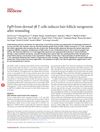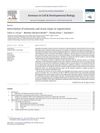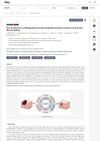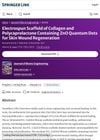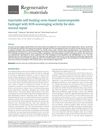ROS-Degradable Polythioketal Urethane Foam Dressings to Promote Porcine Skin Wound Repair
May 2021
in “
bioRxiv (Cold Spring Harbor Laboratory)
”
ROS-degradable polythioketal urethane foams PTK-UR ethylene glycol EG7 extracellular matrix ECM re-epithelialization type 1 inflammation foreign body response collagen-based product Integra Bilayer Wound Matrix BWM polyester urethane foam NovoSorb Biodegradable Temporizing Matrix BTM vascularization biomaterial-associated immune phenotype ROS-degradable PTK-UR foams EG7 PTK-UR Integra BWM NovoSorb BTM
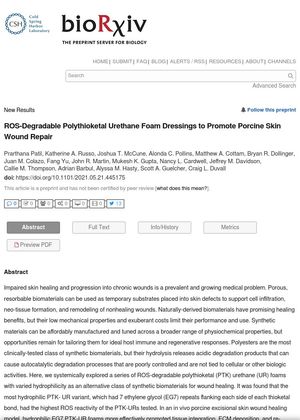
TLDR A special foam called EG7 PTK-UR helps heal skin wounds better than other similar materials, working as well as a top-rated product and better than a polyester foam.
The study explored the use of ROS-degradable polythioketal (PTK) urethane (UR) foams as synthetic biomaterials for wound healing. The most hydrophilic PTK-UR variant, with 7 ethylene glycol (EG7) repeats flanking each side of each thioketal bond, showed the highest ROS reactivity. In a porcine skin wound healing model, this EG7 PTK-UR foam promoted tissue integration, ECM deposition, and re-epithelialization of full-thickness skin wounds more effectively than more hydrophobic PTK-UR variants. It also resulted in resolution of type 1 inflammation and lower foreign body response. The EG7 PTK-UR foams performed similarly to a collagen-based clinical gold standard product, Integra Bilayer Wound Matrix (BWM), and outperformed polyester UR foam-based NovoSorb Biodegradable Temporizing Matrix (BTM) in terms of increased ECM production, vascularization, and biomaterial-associated immune phenotype. The study concludes that PTK-UR foams warrant further development as a new class of synthetic biomaterial foams for skin wound healing applications.
